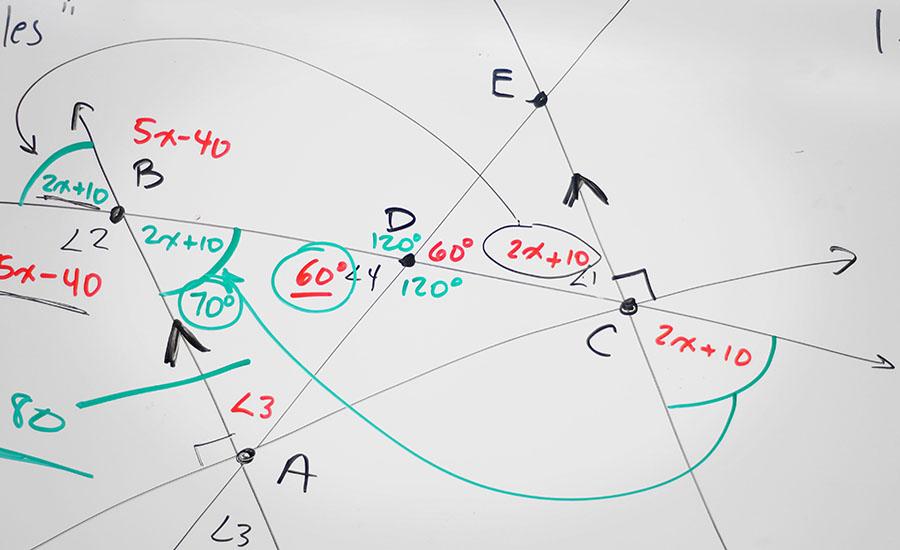
Slow Your Roll
by Kimberly King
Students are presented with a real-world problem, the newly poured delivery ramp for the cafeteria is too slick, students are tasked with suggesting a surfacing that will increase the ramp's safety. Using a graphic organizer and working in small groups, with defined roles, students will design a hands-on investigation of friction observing how friction is different on different surfaces. The provided graphic organizer supports data collection, analysis, relevance, and conclusions. The assessment concludes with a short understanding interview between the teacher and the small student group.
Lesson Plan Link/URL
https://docs.google.com/presentation/d/1Co6Sypo_LjT3ZgckJY5gwW2n4BGRwatY/edit?u…Subject Area
Science Physical Science P3: Net Force Engineering S2: Apply the Engineering Design Process S3: Apply Mathematics to Engineering S4: Apply Science to Engineering Mathematics Operations and Algebraic Thinking (OA) Reasoning with Functions and Relations (RFR) English Language Arts (ELA) Writing
Featured
Off
Related Content

Grades:
4th Grade, 5th Grade
This lesson teaches students about lines, angles, measuring and naming angles, using a protractor, and engages students by having them build a catapult and measure best angle for furthest launch.

Grades:
6th Grade, 7th Grade, 8th Grade, 9th Grade
Students will create Rube Goldberg machines from simple machines in this engaging lesson. The teacher can determine materials such as wooden planks, paper towel rolls, bottle caps, marbles, cardboard

Grades:
3rd Grade, 4th Grade, 5th Grade, 6th Grade, 7th Grade, 8th Grade, 9th Grade, 10th Grade, 11th Grade, 12th Grade
In this hands-on lesson, students apply their understanding of the engineering design process to build a tower made of index cards that can hold an object. There is a link to a prerequisite lesson